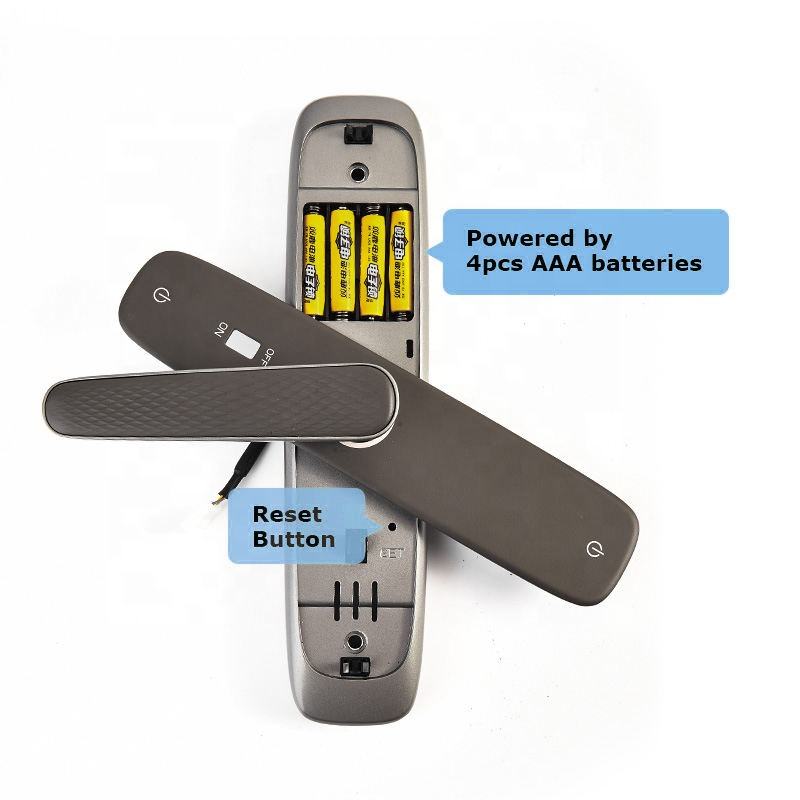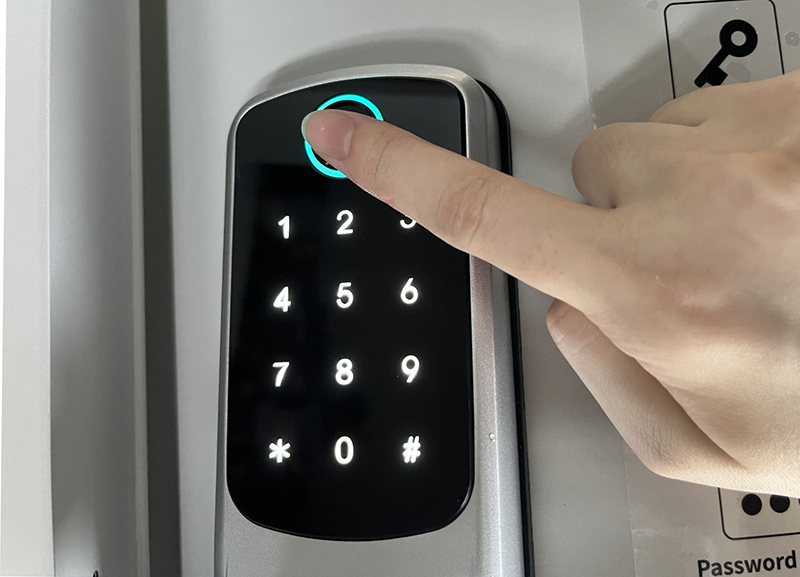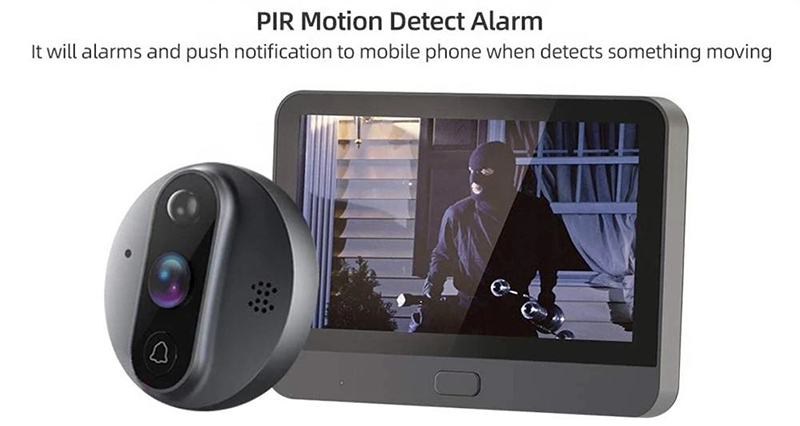Smart digital locks are sensitive to changes in environmental temperature, and during the summer season, they can encounter the following four issues. By being aware of these problems in advance, we can effectively address them.
1. Battery Leakage
Fully automatic smart locks use rechargeable lithium batteries, which do not have the problem of battery leakage. However, semi-automatic smart locks typically use dry batteries, and due to weather conditions, the batteries may leak.
After battery leakage, corrosion can occur on the battery compartment or circuit board, resulting in rapid power consumption or no response from the door lock. To avoid such situations, it is recommended to check the battery usage after the onset of summer. If the batteries become soft or have a sticky liquid on their surface, they should be replaced immediately.
2. Difficulties with Fingerprint Recognition
During summer, excessive sweating or handling sweet items like watermelons can cause stains on fingerprint sensors, thereby affecting the efficiency of fingerprint recognition. Often, situations arise where the lock fails to recognize or faces difficulties in fingerprint recognition.
To resolve this issue, clean the fingerprint recognition area with a slightly damp cloth, which can generally solve the problem. If the fingerprint recognition area is clean and free from scratches but still faces recognition issues, it is advisable to re-enroll the fingerprints. This could be due to temperature variations as each fingerprint enrollment records the corresponding temperature at the time. Temperature is a recognition factor, and significant temperature differences can also impact recognition efficiency.
3. Lockout Due to Input Errors
In general, a lockout occurs after five consecutive input errors. However, some users have reported instances where the biological fingerprint door lock becomes locked even after only two or three attempts.
In such cases, it is important to remain vigilant as someone might have attempted to unlock your door in your absence. For example, if someone tries three times but fails to open the lock due to incorrect password entry, you may be unaware of it. Subsequently, when you return home and make two more mistakes, the lock triggers the lockout command after the fifth input error.
To prevent leaving traces and provide no opportunities for ill-intentioned individuals, it is recommended to clean the password screen area with a damp cloth and install an electronic doorbell equipped with capture or recording capabilities, ensuring 24-hour surveillance of your home entrance. This way, the security of your doorstep will be crystal clear.
4. Unresponsive Locks
When the battery of a lock is low, it usually emits a “beep” sound as a reminder or fails to open after verification. If the battery is completely drained, the lock may become unresponsive. In such situations, you can use an emergency power supply socket outdoors to connect a power bank for immediate power supply, resolving the urgent matter. Of course, if you have a mechanical key, you can directly open the lock in any circumstance using the key.
As summer approaches, for rooms that have been unoccupied for an extended period, it is advisable to remove the smart lock’s batteries to avoid post-sales maintenance issues caused by battery leakage. Mechanical keys for smart digital locks should never be left entirely at home, especially for fully automatic smart locks. After removing the batteries, they cannot be powered and unlocked through an external power source.
Post time: Jun-01-2023







